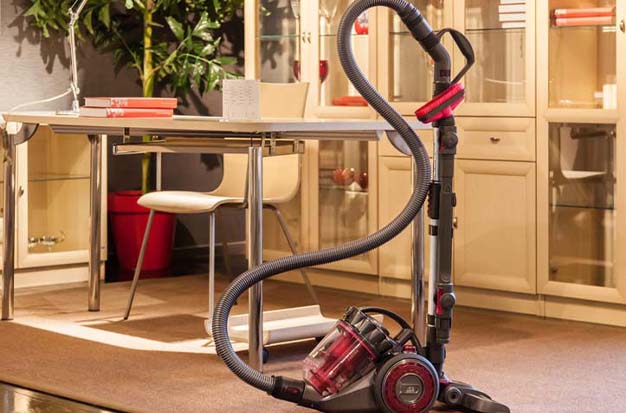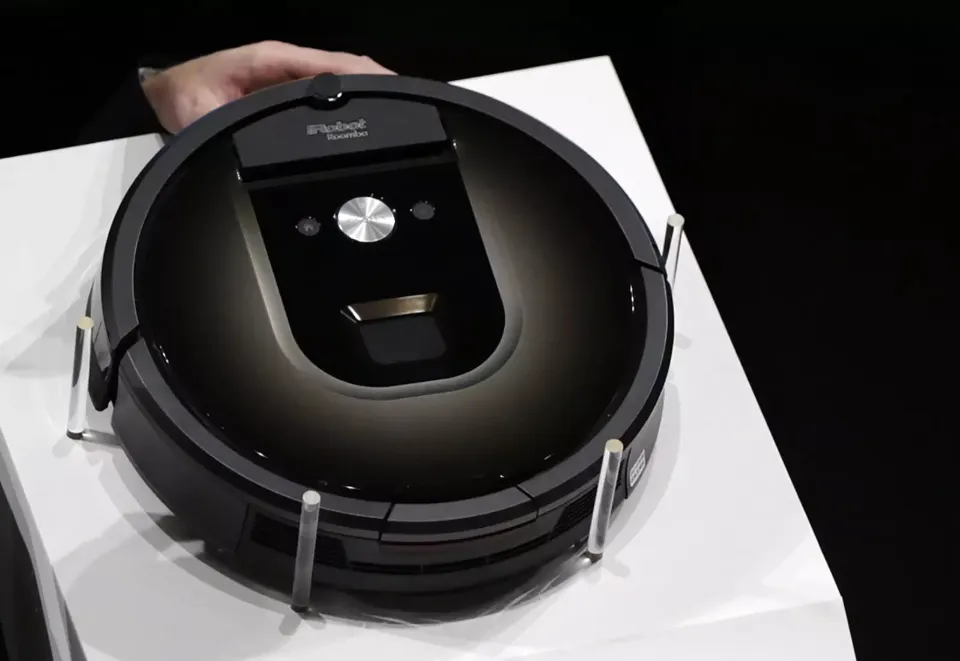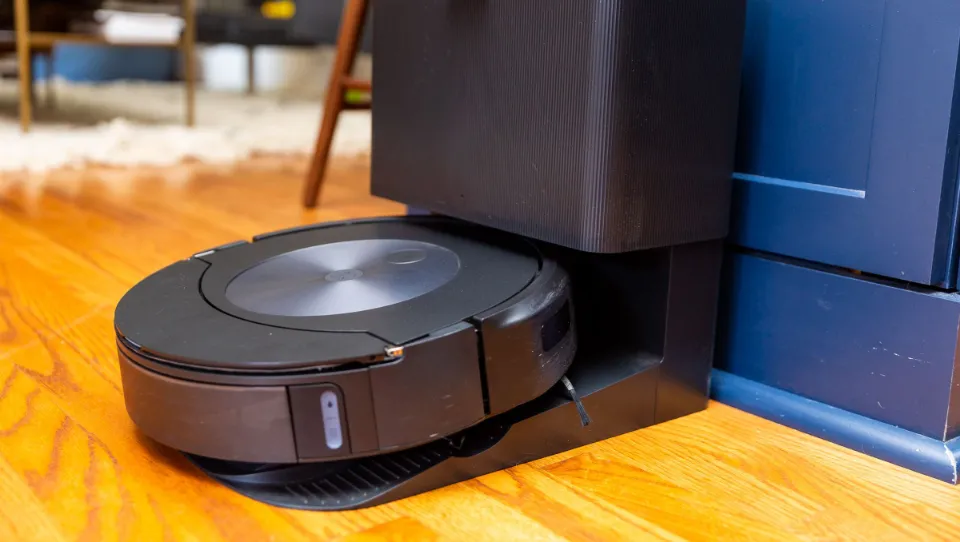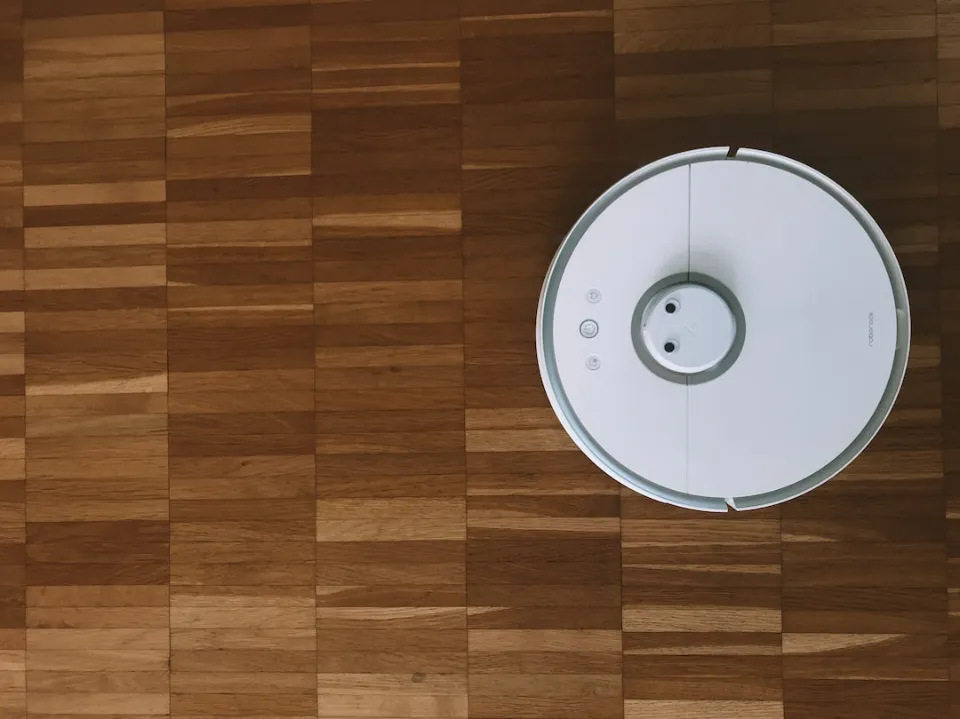It may be a painful experience for a dog to see a running vacuum cleaner for the first time. Because the dog will mistakenly think that the vacuum cleaner poses a threat to its safety, and then the dog will run away in fear. But we must use vacuum cleaners every day, so how can we help your dog endure the noise of vacuum cleaners? The best way is to train dogs to make positive connections with vacuum cleaners.
Why Do Dogs Hate Vacuum Cleaners So Much?
We all need to keep our homes clean, but unfortunately, many dogs have negative feelings about vacuum cleaners. As a pet parent, you may think, anyway, why do dogs hate vacuum cleaners? Although human beings know that vacuum is harmless, for many dogs, a vacuum is loud, threatening, and threatening. In response, dogs may respond overwhelmingly or frustratingly to the loud noise of the vacuum, such as barking, rushing, or even hiding.
Why is My Dog Afraid of Vacuum?
The vacuum cleaner makes a loud noise, which is unpleasant or even painful for our dogs. If the vacuum is noisy for us, dogs’ hearing is obviously better than ours, and they will experience vacuum noise, which is even more destructive and unpleasant. In addition to their superior sense of smell, dogs can hear sound frequencies at least three times higher than human ears. Like thunderstorms, many dogs’ fear of vacuum stems from the high-frequency noise made by machines. Dogs that are already sensitive or nervous to sound may be particularly susceptible to discomfort with vacuum cleaners used at home. Some dogs may think that vacuum is a thing that can be herded, or it may be a dangerous intruder, while others may have had a negative experience of a vacuum in the past, which led to the fear of dogs. Dog owners should not use vacuum cleaners to tease or chase their dogs, nor should they let their children use vacuum cleaners to mock dogs. This will only make your dog more afraid and hinder future desensitization efforts.
What Does a Dog Do When Facing a Vacuum Cleaner?
When using vacuum cleaners, many dogs react by fighting or running away. For some dogs, whenever a vacuum comes out and tries to escape to another part of the house, it looks like running and hiding. Other dogs will try to attack, lunge, bark or bite vacuum. Both reactions usually stem from fear, so they will try to escape the vacuum or scare it away, fearing that it will hurt them.
Other dogs may think of the vacuum as a threat and try to protect you from it, which may cause your dog to pounce on the vacuum or bark. For other dogs, the movement and sound of the vacuum may cause grazing or prey drive, causing dogs to want to chase, bite or graze vacuum. This may cause your dog to break the vacuum and puncture the hose. In addition, due to the existence of a vacuum, your dog becomes more and more excited and/or nervous, resulting in the deterioration of unwanted behavior over time.
How to Train Dogs Not to Bark at Vacuum Cleaners?
- Anti-regulation and desensitization
It is important that we not scold or punish the dog for its reaction to the vacuum. On the contrary, we hope to use positive intensive training methods to help our dogs have a new response to the existence of a vacuum. Counter conditioning and desensitization are training techniques that can help your dog shift their relationship to things they were initially uncertain or uncomfortable about. In order to adapt dogs to a vacuum environment, you don’t want to force them close to things they feel uncomfortable with. On the contrary, in order to help our dogs, we want to work where they feel comfortable. Then, let them work at their own pace, no matter how fast or slow, in order to realize that vacuum will not harm them.
We do this by pairing the existence of a vacuum (also at any distance where your dog feels comfortable) with positive things such as high-value hospitality and praise. Over time, your dog will begin to associate the existence of a vacuum with rewards, which in turn will change your dog’s overall sense of the vacuum.
- Introduce your dog to the vacuum cleaner
Deliberately expose your dog to a vacuum. If you have a puppy, you have raised it since childhood. When introducing your dog to a vacuum cleaner, it is helpful to ask friends or family members to help your dog or make a vacuum cleaner. This will help prevent future challenges and help your dog build a new positive relationship with the vacuum.
- Step 1: Turn off the vacuum cleaner
Take out the vacuum, but don’t open it. Let your dog explore the vacuum, but don’t pull or otherwise force your dog close to it. When your dog begins to show any interest or explore the vacuum, look at it from the other side of the room and start with rewards and praise.
- Step 2: Move the vacuum cleaner
Next, we want our dog to get used to the idea that a vacuum can move. Start moving the vacuum cleaner without turning it on, and pair the movement with feeding your dog at a comfortable distance. For some dogs, this will cross houses or apartments. For others, it may just be in another part of the room. Praise and reward your dog.
- Step 3: Turn on the vacuum cleaner
When your dog feels comfortable turning off the vacuum, it’s time to turn it on. First, make sure your dog is away from the vacuum cleaner and has a lot of food ready. When the vacuum cleaner is turned on, as long as your dog calmly looks at the background, praise your dog and provide food. You must keep your training course short, interesting, optimistic, and give a lot of praise and hospitality.
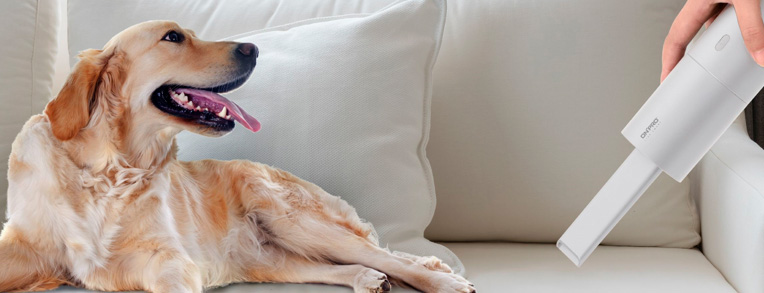
- Be patient
You want to work at the speed of your dog and build comfort around the vacuum cleaner. If your dog is overwhelmed and starts to react, barking, running, lunging or any unwanted behavior related to stress, we are trying to avoid it, which means we push too hard and need to rest. Back to a distance, your dog is comfortable and can succeed in your next training course. If you have difficulties in this regard, you can always seek the help of a dog trainer.
- Praise and reward the dog for any interaction with the vacuum
Pet owners are increasingly adding robot vacuum cleaners, which can be programmed to vacuum their homes independently. This is a good way to prevent pet hair from accumulating around the house, but since the robot will work by itself, the movement of the vacuum cleaner will be more unpredictable. This means that if your dog doesn’t make way, it may hit your dog. Such an automatically moving object may make your dog very afraid.
Therefore, whenever the robot is running, it is best to monitor your dog. For the first time, introducing your dog into the robot vacuum system starts in the same way as any other vacuum system: giving your dog the opportunity to investigate the vacuum system when it is turned off. You can let your dog calmly look at the vacuum cleaner, call it before it approaches your dog, and help your dog understand that they need to make way, which is also very helpful.
Read More: 6 Best Robot Vacuum For Pet Hair In 2022
- Distract the dog
Sometimes we just need to vacuum, and we don’t have the time and ability to clean and train our dogs. If you can’t concentrate on training, put your dog safely in another place away from the vacuum at home and make it succeed.
You can try giving your dog a safe chew or a puzzle toy filled with peanut butter or dog food. This will not only give your dog some useful things to distract their attention and occupy their spirit, but also help your dog establish a positive connection with the distant sound vacuum cleaner is happening, without your dog rehearsing more unwanted behaviors.
Or, you can ask someone else to take the dog out for a walk. In a challenging training course, don’t always be able to support your dog. If you know that your dog has experienced a hard time, give them a chance to succeed, and you don’t even have to contact the vacuum that day.
How to Use Vacuum Cleaners Without Scaring Dogs?
To prevent your dog from being afraid of vacuums, one of the best things you can do is to expose your pet dog to a vacuum when it is very young. The socialization of dogs is about new experiences; If your puppy doesn’t socialize properly, he will react cautiously or fearfully to new things when he grows up. However, if your dog is an adult, you may not have this option. Exposing your dog to a vacuum may have a small effect, especially when the vacuum exists, you give your dog something to eat and let it know that this is not a terrible thing. You slowly work with your dog to turn its fear response into a positive response, which not only makes it accustomed to the vacuum but also rewards it for having a positive response. One way is to have a friend or family member run a vacuum cleaner in another room while you play and pet your dog. Let your friend approach the vacuum cleaner slowly, and at the same time, you constantly reward your dog with food to encourage him to stay where he is when the vacuum cleaner approaches. You may not be able to do all this at once, but after a lot of repetition and short training with rewards, you will eventually teach your dog not to be afraid of vacuums.
If you stop doing all the things that make your dog nervous or afraid, the list of remaining things will be shortened. Don’t turn your home into a pile of dirt and debris. Follow the steps listed above to get your dog used to the vacuum cleaner so that he won’t run for cover every time he comes out of the closet.
